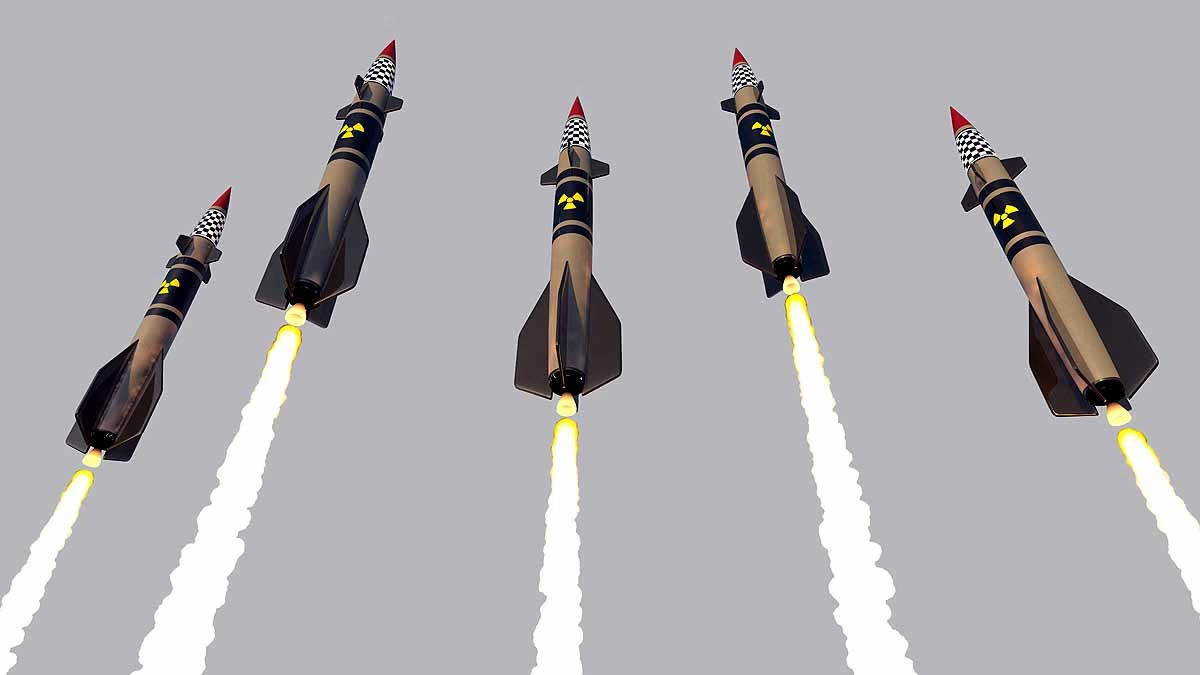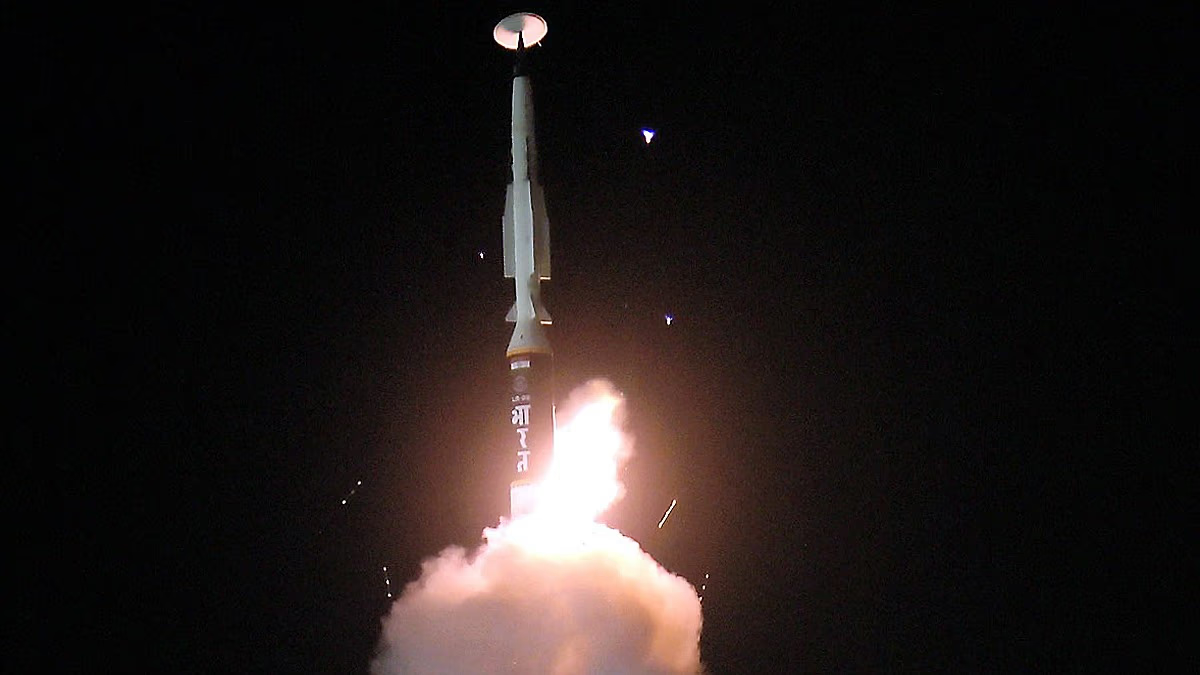U.S. intelligence highlights the dangers of irrational reactions. Increasing tension between the countries could worsen the situation, though a nuclear war between India and Pakistan remains unlikely. Pakistan's Army Chief's recent reference to Kashmir as the 'jugular vein' has intensified tensions.
The rapid advancement in missile systems heightens risks. Pakistan's Shaheen missile can reach New Delhi in approximately 7 minutes, while India's Pralay missile can hit Islamabad in under 6 minutes.
A special 1981 National Intelligence Estimate noted that if India believed Pakistan was initiating a nuclear strike, India might preemptively strike first. A 1989 report warned that conventional conflict could escalate to nuclear warfare.

Source: aajtak
India Suspends Water Treaty with Pakistan
India has unilaterally suspended its water-sharing agreement with Pakistan, accusing Pakistan of responsibility for recent attacks in Jammu and Kashmir. This decision might trigger water shortages in Pakistan, impacting agriculture and food security.
As reported by the Pakistani newspaper
Tribune
, Islamabad warned that any attempt by India to divert water from rivers would be deemed an 'act of war', warranting responses through all traditional and non-traditional means.
Pakistan's Reaction
Pakistan dismissed India's decision, arguing the treaty cannot be suspended. The repercussions could be severe, given Pakistan's heavy reliance on the Indus River system for agriculture. Water has been declared a national interest by Pakistan, vowing to protect it.
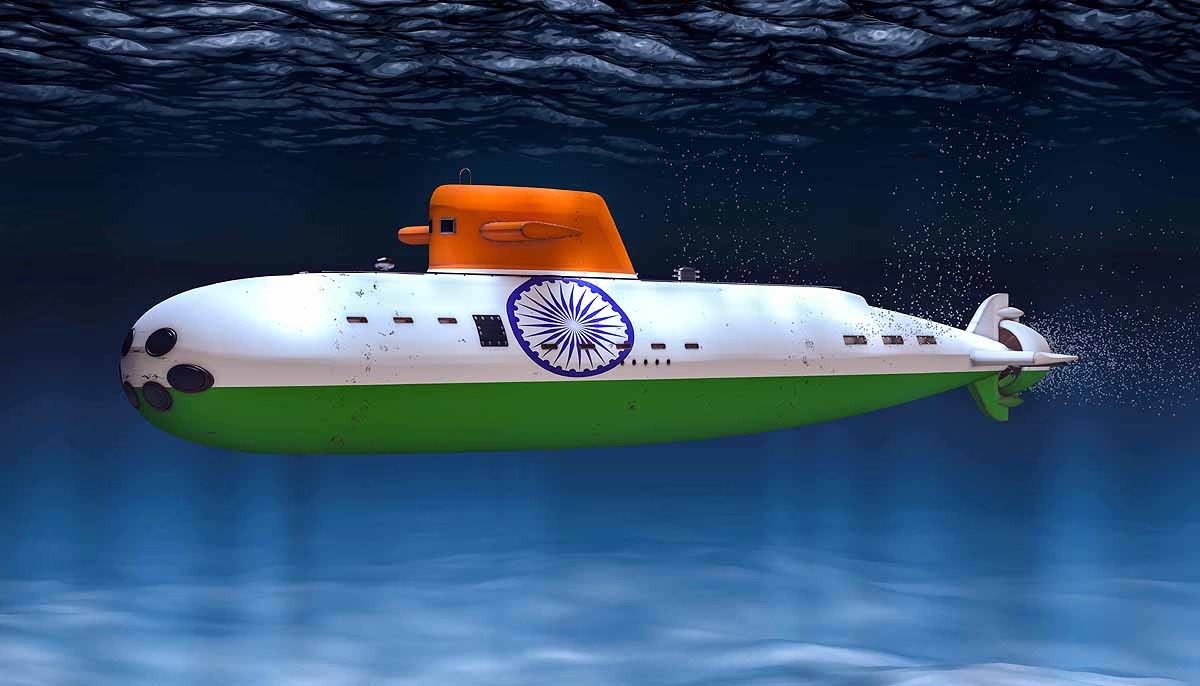
Source: aajtak
Count of Nuclear Weapons Worldwide
Currently, there are 12,121 nuclear weapons globally, with India possessing 172. India ranks as the world's sixth most powerful nuclear nation, trailing behind Russia, the U.S., and China, but leading Pakistan. Let's explore the nuclear arsenal of the 9 nuclear-armed nations.
These 9 nations—United States, Russia, the UK, France, China, India, Pakistan, North Korea, and Israel—collectively hold 12,121 nuclear weapons, of which 9,585 are military-grade. Around 3,904 are deployed across missiles and aircraft.
This marks an increase of 60 weapons deployed in missiles and fighter jets compared to last year. Approximately 2,100 weapons are stationed in ballistic missiles on high alert, due to military tensions from Russia-Ukraine, China-Taiwan, and NATO-Russia conflicts.
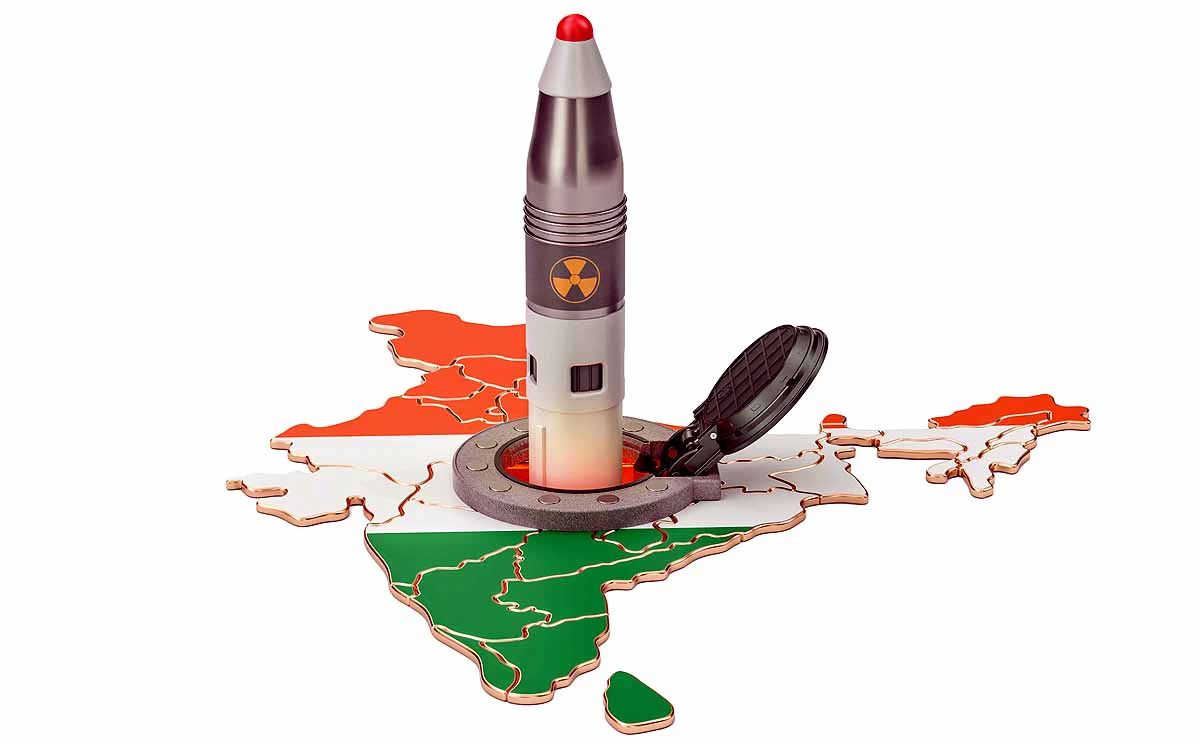
Source: aajtak
India's Nuclear Arsenal: 172 Weapons
India's nuclear stockpile has grown from 164 to 172 as revealed by the Stockholm International Peace Research Institute (SIPRI). India now holds two more nuclear weapons than Pakistan. SIPRI previously predicted this expansion, noting India's increasing nuclear arsenal, which remains undeployed.
Can Pakistan Harm India?
Pakistan possesses short-range missiles like Nasr, Hatf, Ghaznavi, and Abdali, with ranges between 60 to 320 km, and medium-range missiles like Ghauri and Shaheen, ranging from 900 to 2,700 km. Their deployment could impact cities like Delhi, Jaipur, Ahmedabad, Mumbai, Pune, Bhopal, Nagpur, and Lucknow. The extent of devastation depends on the weaponry. Conventional warheads cause less damage, but nuclear warheads would result in widespread destruction.
Every Pakistani City Within Reach of Indian Missiles
India's Prithvi is a short-range missile with a 350 km range. Agni-I has a range of 700 km, Agni-II can reach 2,000 km, and Agni-III hits 3,000 km. All have been deployed. Agni-V with a 5,000-7,500 km range can target entire Pakistan with precision. A nuclear strike could level cities like Rawalpindi, Lahore, Islamabad, Nowshera, and Karachi.
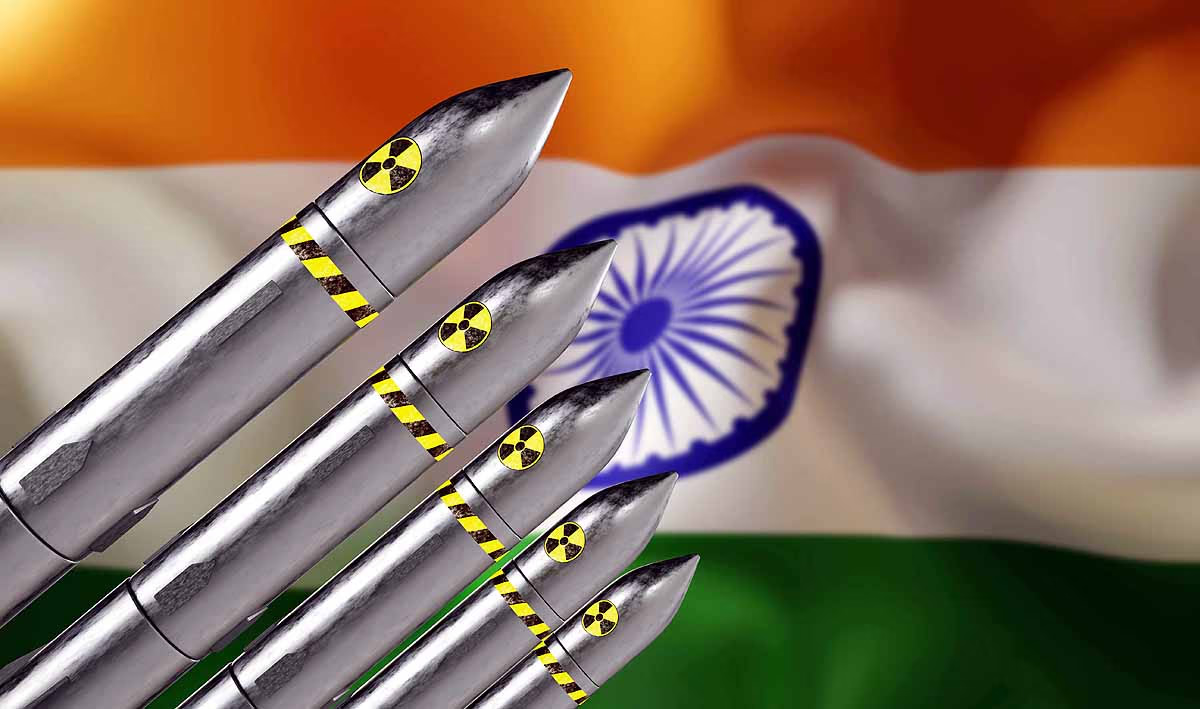
Source: aajtak
Global Nuclear Arsenal Breakdown
Russia leads with 4,380 warheads, the U.S. with 3,708, China holds 500, France 290, the UK 225, India 172, Pakistan 170, Israel 90, and North Korea 50, positioning India as the world's sixth-largest nuclear power.
Which Countries Have Deployed Weapons?
Russia has deployed 1,710 of its 4,380 nuclear warheads in missiles, jets, and bombers, while the U.S. has 1,770 out of 3,708 warheads deployed. Notably, France has 280 out of 290 weapons on alert. The UK and China have 120 and 24 respectively in attack readiness.
Why the Nuclear Weapons Surge?
The international treaties for nuclear disarmament have weakened due to conflicts like Russia-Ukraine and Israel-Gaza. With the U.S. and NATO backing Ukraine and Israel, and China and Islamic nations supporting Russia and Gaza, global tension is at a peak, often sparking third world war discussions.

Source: aajtak
Impact of Nuclear Arsenal Expansion
The Russia-Ukraine and Israel-Gaza wars have spurred global arms proliferation, posing a threat to international security. Besides these, last year saw 50 armed conflicts worldwide, causing massive displacement due to violence in locations like Congo and Sudan.
Myanmar witnessed violent clashes, while gang warfare devastated Central and South American countries, affecting regions like Haiti. SIPRI Director Dan Smith describes this period as historically perilous, potentially leading to large-scale wars.
Nuclear Policies of India and Pakistan
India has adhered to a 'No First Use' policy since 1999, pledging to utilize nuclear weapons only in retaliation to a nuclear attack. In contrast, Pakistan lacks a defined nuclear strategy, leaving decision-making to its leaders and top military officials on when and how to deploy nuclear arms.
